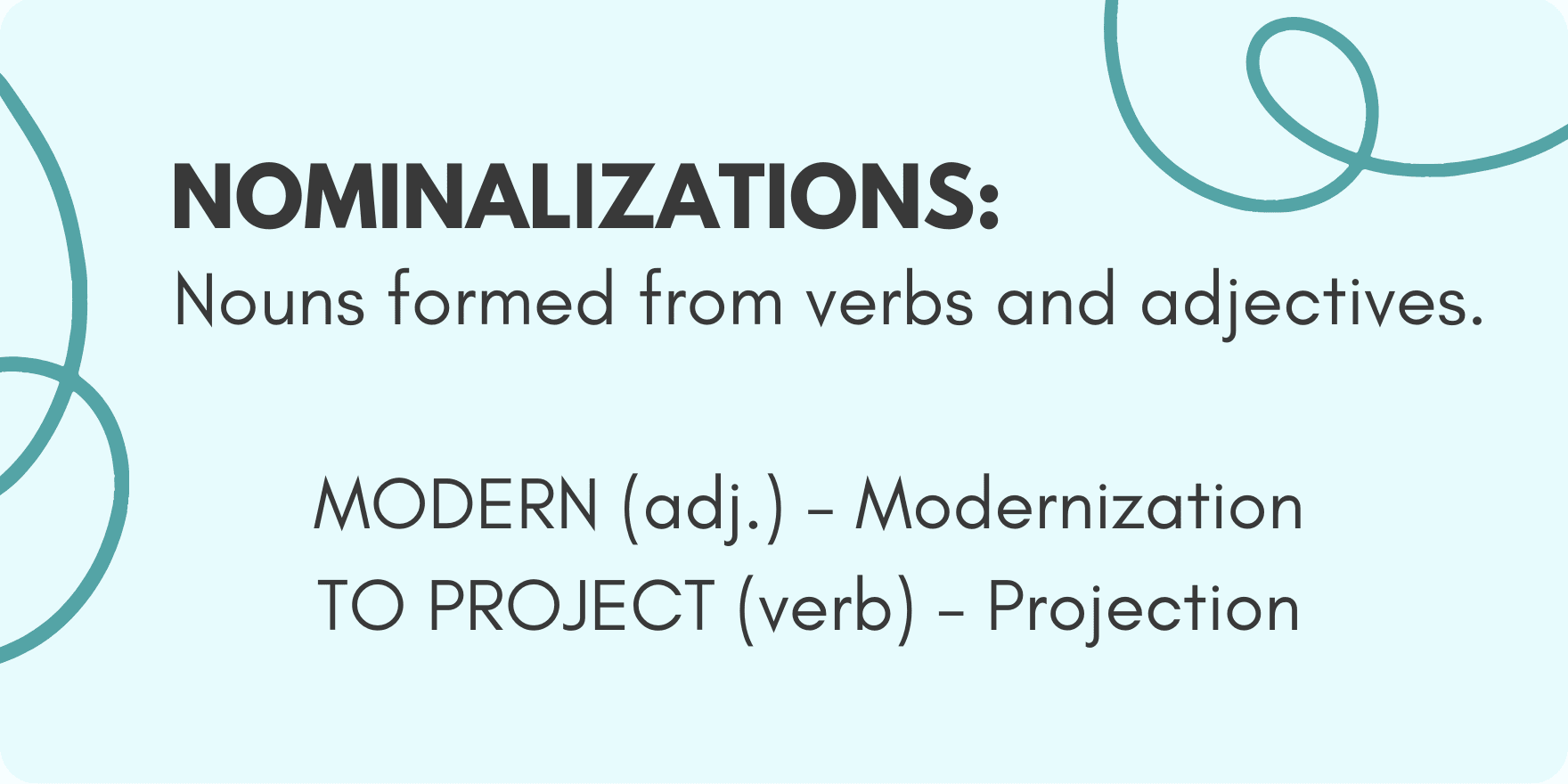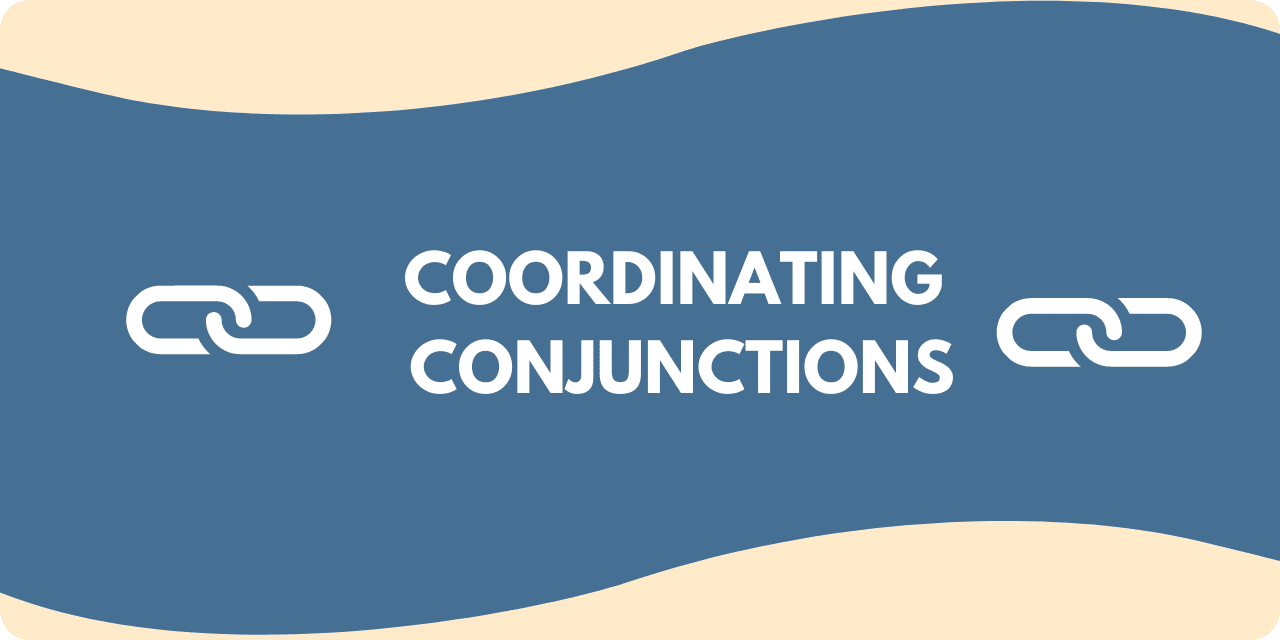Sic can mean several things:
- An adverb indicating that something is being quoted exactly as is, including any possible errors.
- Another way to say such in Scottish
- A verb meaning “to strike” or “to pounce.” As in sic ’em!
Sic is that strange little word that tends to lurk within brackets or parentheses and can be found next to grammatical or spelling errors. This has been the case since the mid-19th century, and although it is a common occurence today, readers will still often wonder what it means. Well, there are actually a few ways to define it. There is the Latin sic (the one that shows up in brackets), and then there is the English sic, as well as a Scottish one.
So What Does It Mean?
When you see sic in quoted text, it signifies a spelling or a grammatical error. Essentially, it denotes the text is being quoted word for word, and that the mistake appears in the original source. That’s where the Latin definition – “so” or “thus”. Now if you are from Scotland, you maybe know sic as a synonym for “such”. You have also probably heard it as a command to a K9 to attack, as in “he sicced his dog one me”. This “attack” sic has no relationship to the Latin sic. Rather, its an alteration of the verb “to seek”.
How Do We Use It?
If you are reading this article, then you are probably curious about the sic that appears in parantheses or brackets (it is also often italicized). As stated earlier, this use of sic indicates an error in the source material. So when you wish to quote something or someone, and the quote contains a grammatical or spelling mistake, you can use it to denote this mistake, by placing it right after the error. What that does, is it shows the readers that this is not a typo, or an error on your part. A word of caution: when using sic to designate a mistake in the original quote, be certain that it is in fact a mistake. There are many spelling differences between American or British English, for example. If a spelling seems off, make sure to double-check it before.
Some may argue that using sic points out someone else’s mistake, and is therefore in bad form. The counter argument is that you risk the error being attributed to you, if you don’t point it out, so use your judgement! The Columbia Journal Review suggest that it should not be used too often. It also notes that social media has greatly increased our use of it. This is unsurprising, as social media posts are not known for their grammar. However, if you are quoting a poorly written social media post rife with errors, then marking a sic after each mistake may seem pointless, and perhaps even trivial (unless that’s your intent!).
Examples of Sic
“Throughout the ordeal he stand [sic] with the residents of Shawnee County”. – The Topeka Capital Journal
“All the candidates were make [sic] to disclose their financial documents for Q1”. – Politico
“The man’s note read: ‘Not on my watch! This is mine [sic] house!’ “. – Fox59 News
And if enjoy finding and pointing out other people’s mistakes, here is a proofreading challenge for you to enjoy!
—
Want to sharpen your business writing skills? Discover our acclaimed online courses at syntaxtraining.com






